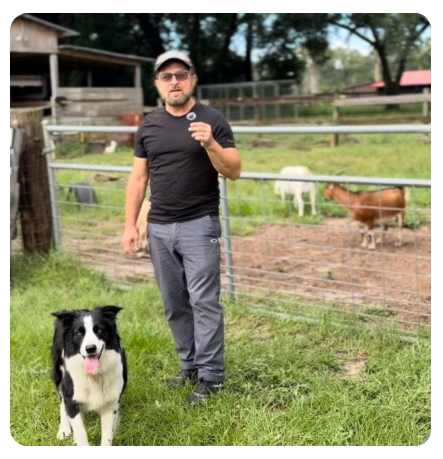Early in my career as a Nurse Practitioner , I would make home visits to the elderly. There I would do primary care. I would check their medications, diagnose and prescribe; the usual for a primary care office visit. But one thing was different. I could observe their home environment and often I would find medications in all kinds of places. Some were expired, some had indications for conditions of the past, and others were duplicated medications.
It was then that I knew that seniors and all of us need to know what we are taking and what it does to our body including how it makes us feel.
For the elderly this subject of prescription medications is even more urgent. One medication\’s side effects now leads to another medication prescription. And so on…
Example 1: Typical Statin Saga:
Doctor prescribes a statin drug to lower cholesterol, then…
Doctor prescribes Rivastigmine for memory loss then…
Doctor prescribes Sinemet for Parkinson\’s then…
Doctor prescribes anti-seizure medication for seizures.
Example 2: Typical Antacid Saga:
Doctor prescribes proton pump inhibitor for heartburn, then,
Malnutrition: Low calcium, iron, magnesium, protein, and B12, then,
Osteoporosis: Doctor prescribes calcium, vitamin D and vitamin B12, then,
Hip fracture: Nutrients not absorbed.
Side effects of typical medications:
Statins: fatigue, weakness, memory loss, muscle wasting, diabetes, loss of libido.
Blood pressure medications: dry cough, constipation, edema, weakness, loss of libido.
Antacids: Weak bones and fractures. Nutritional deficiencies.
Antidepressants: Nausea, fatigue,dry mouth, constipation and dizziness.
Most elders take at least one medication and 36 percent take at least five prescription drugs per day. One in six older adults are taking a combination that could cause a major interaction.
Understanding the how and why of all your vitamins and medications is the best protection.











